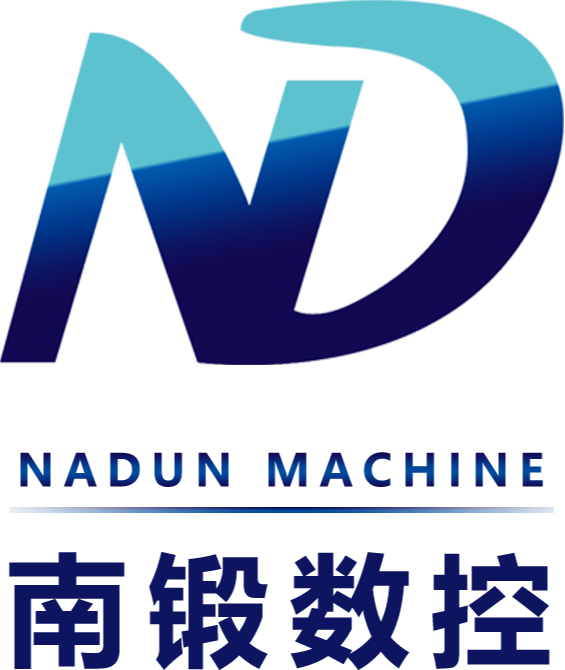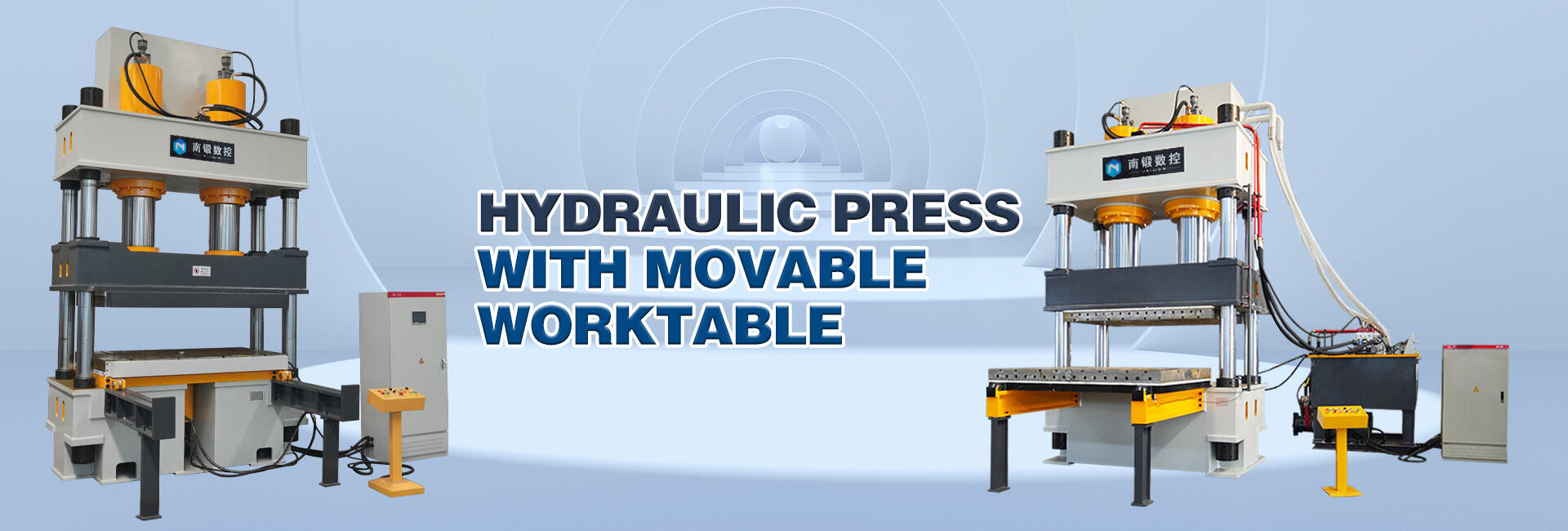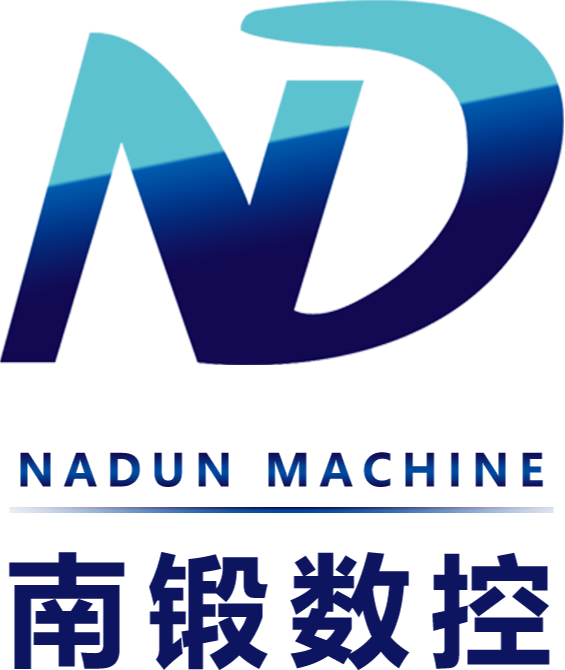What are the maintenance requirements for a 200T H frame hydraulic press used in industrial applications?
Maintenance Requirements for a 200T H Frame Hydraulic Press Used in Industrial Applications
Maintaining a 200T H frame hydraulic press is essential to ensure its optimal performance, longevity, and safety. At Nadun Machinery Manufacture Co., Ltd., we emphasize the importance of routine maintenance to minimize downtime and extend the lifespan of our hydraulic presses. Below are the key maintenance requirements for a 200T H frame hydraulic press used in industrial applications:
1. Regular Inspection and Cleaning
- Daily Inspections: Conduct daily checks for any signs of wear, leaks, or damage. Inspect the hydraulic hoses, fittings, and connections for any signs of oil leakage.
- Cleanliness: Keep the press and its surroundings clean. Dust, debris, and contaminants can cause significant damage to the hydraulic system and mechanical components.
- Lubrication: Ensure all moving parts are adequately lubricated to reduce friction and prevent wear.
2. Hydraulic Fluid Maintenance
- Fluid Levels: Regularly check and maintain the hydraulic fluid at the recommended levels. Low fluid levels can lead to inefficient operation and potential damage.
- Fluid Quality: Periodically inspect the hydraulic fluid for contamination. Replace the fluid if it appears dirty or degraded. Using high-quality hydraulic fluid is crucial for maintaining the system's efficiency.
- Filter Replacement: Replace hydraulic filters as recommended by the manufacturer to prevent contaminants from entering the hydraulic system.
3. Mechanical Component Maintenance
- Bolts and Fasteners: Regularly inspect and tighten bolts and fasteners to ensure they are secure. Loose components can lead to operational issues and safety hazards.
- Alignment Checks: Ensure the press frame and ram are properly aligned. Misalignment can cause uneven pressure distribution and potential damage to the press and tooling.
- Wear Parts Replacement: Monitor wear parts such as seals, gaskets, and bearings. Replace them as needed to prevent failures and maintain the press's performance.
4. Electrical System Maintenance
- Electrical Connections: Inspect and secure all electrical connections. Loose or corroded connections can cause electrical faults and operational interruptions.
- Control Panel: Ensure the control panel is functioning correctly. Test emergency stops and other safety features regularly to confirm they are operational.
5. Safety Inspections
- Safety Devices: Regularly test all safety devices, including guards, light curtains, and emergency stops. These devices are critical for preventing accidents and ensuring operator safety.
- Operator Training: Ensure operators are well-trained on the proper use and maintenance of the hydraulic press. Proper training can prevent misuse and reduce the risk of accidents.
6. Scheduled Maintenance
- Preventive Maintenance Plan: Develop and adhere to a preventive maintenance schedule as recommended by Nadun Machinery Manufacture Co., Ltd. Regularly scheduled maintenance helps identify potential issues before they become major problems.
- Professional Servicing: Engage qualified technicians for periodic servicing and inspections. Professional servicing ensures that all aspects of the hydraulic press are thoroughly checked and maintained.
By following these maintenance guidelines, users can ensure the reliable and efficient operation of their 200T H frame hydraulic press. At Nadun Machinery Manufacture Co., Ltd., we are committed to providing high-quality machinery and support to help our customers achieve optimal performance and productivity.
For more information on our products and services, please visit our website at nadunmachinery.com or contact us directly at:
Nadun Machinery Manufacture Co., Ltd.
Add: NO.219, Xingye Road, Tengzhou, Zaozhuang, Shandong Province, China
Tel: +86 13606325020
Fax: +86 0632 5268766
Email: [email protected]
By adhering to these maintenance practices, your hydraulic press will continue to perform at its best, ensuring operational efficiency and safety.

 EN
EN
 AR
AR HR
HR CS
CS DA
DA NL
NL FI
FI FR
FR DE
DE EL
EL IT
IT JA
JA KO
KO NO
NO PL
PL PT
PT RO
RO RU
RU ES
ES SV
SV IW
IW ID
ID LV
LV LT
LT SR
SR SK
SK SL
SL UK
UK SQ
SQ ET
ET HU
HU TH
TH TR
TR FA
FA AF
AF MS
MS MK
MK KA
KA UR
UR BN
BN

